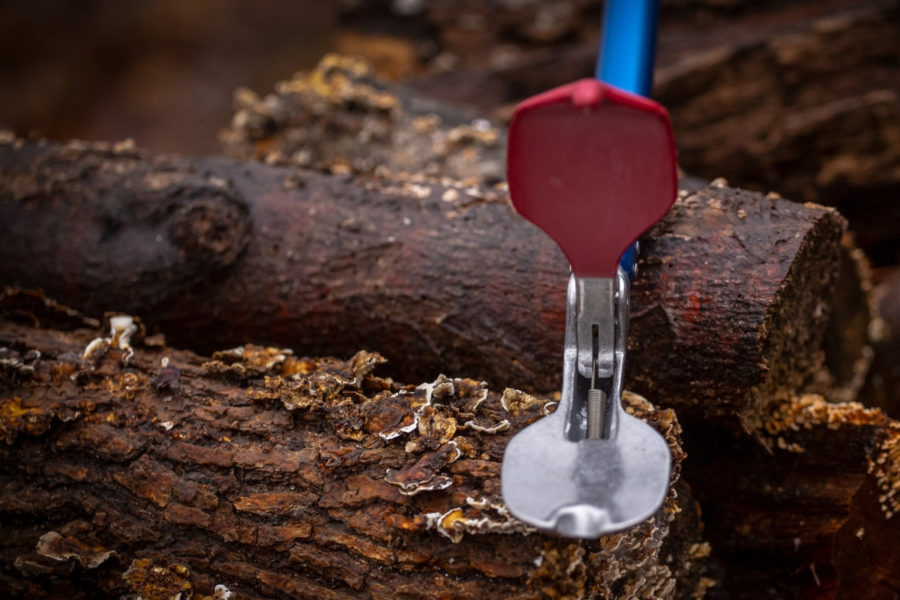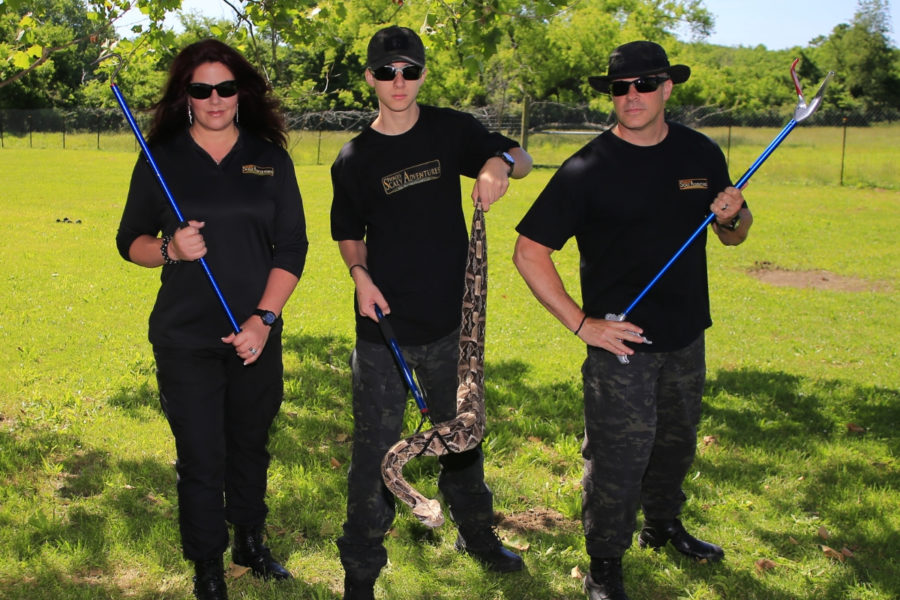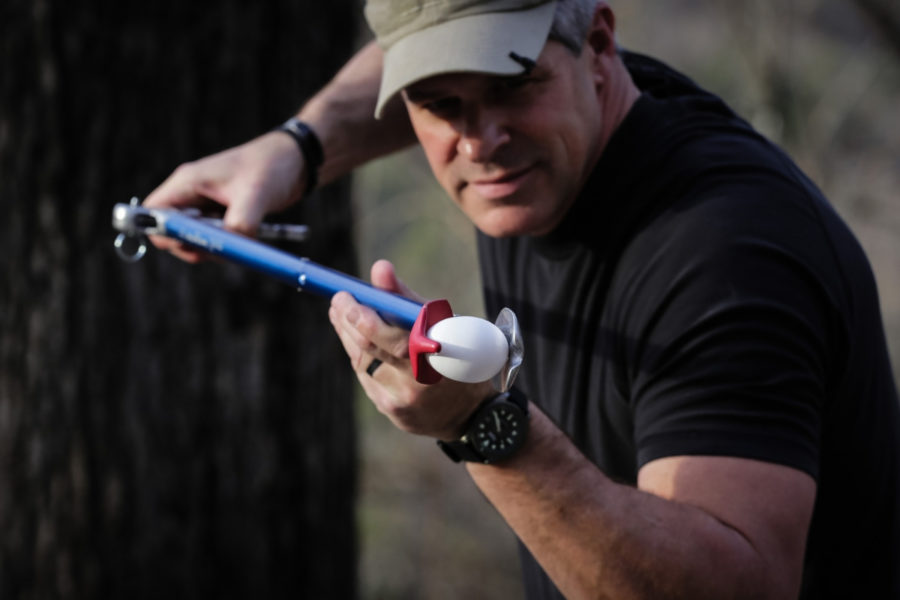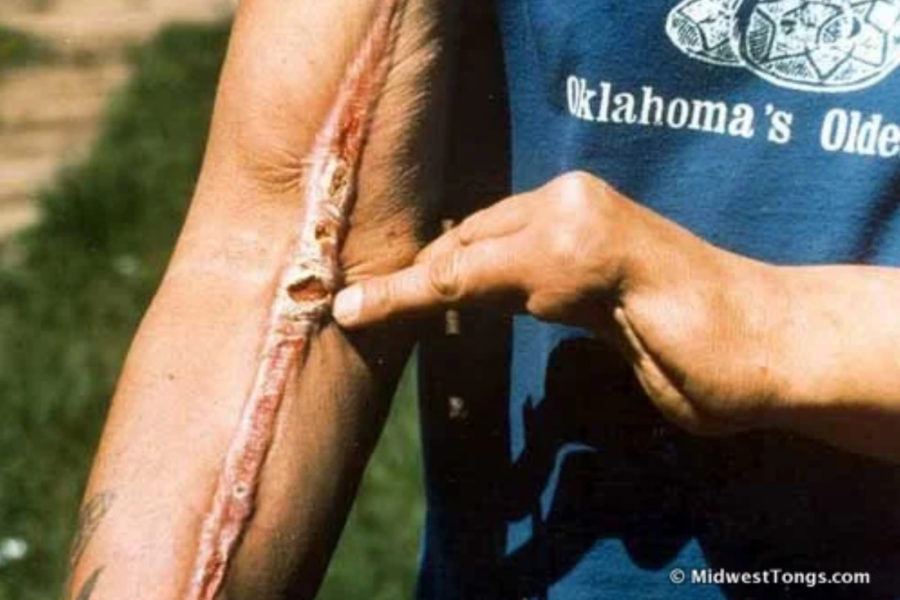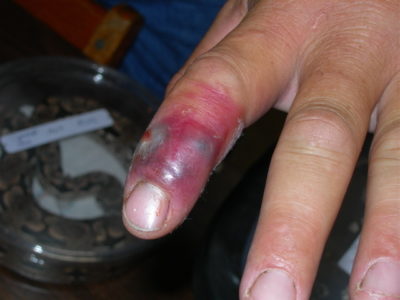
Anybody who has spent time in the woods has seen those guys and cringed. You know the ones I’m talking about – the guys with the stick and the pillowcase. It may be genuine concern or just morbid curiosity, but you just can’t help but watch as they struggle to get that five-foot Eastern Diamondback they just caught into a pillowcase. Truly a captivating moment to behold, especially as you watch how closely the snake comes to the bag-holder’s hands as he holds open the top for his buddy. (Incidentally, over 80 percent of all snakebites occur to the hands and fingers.)
A Pillow Case Is Made For Your Bed – Leave It There
If you are collecting or capturing snakes for any reason, safety must always be the primary focus. Proper tools for the collection of snakes include a durable snake hook or tongs and a proper snake bag. Those are the minimum standards for anyone with experience in field herpetology. Ideally, you want to have a pair of handling gloves as well, however when handling venomous snakes in any manner, whether using gloves or not, the handler should use all means possible to avoid a bite.
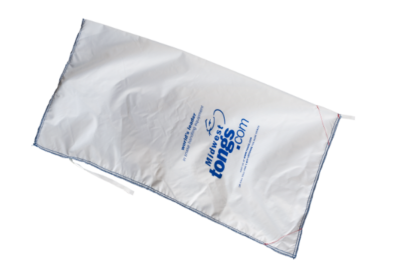 A true snake bag is just that, a bag designed to hold a venomous reptile until it can be placed in a safer containment vessel. It will be made of a durable, yet breathable material like cotton or nylon. Well-constructed bags have heavy stitching or even double stitching and feature a way to secure the top of the bag closed. Generally speaking, lighter colored bags are better for general use as they offer a contrast between the animal and the bag allowing you to see exactly where the snake is positioned. Lighter bags also are less likely to overheat the animal in direct sunlight. Finally, a snake bag needs to be marked with a warning that the bag contains a venomous snake. Even if the snake is non-venomous, the warning will help reduce the potential for someone getting injured by inadvertently grabbing the bag.
A true snake bag is just that, a bag designed to hold a venomous reptile until it can be placed in a safer containment vessel. It will be made of a durable, yet breathable material like cotton or nylon. Well-constructed bags have heavy stitching or even double stitching and feature a way to secure the top of the bag closed. Generally speaking, lighter colored bags are better for general use as they offer a contrast between the animal and the bag allowing you to see exactly where the snake is positioned. Lighter bags also are less likely to overheat the animal in direct sunlight. Finally, a snake bag needs to be marked with a warning that the bag contains a venomous snake. Even if the snake is non-venomous, the warning will help reduce the potential for someone getting injured by inadvertently grabbing the bag.
Care must always be taken when handling a snake bag. Don’t be lulled into a false sense of security simply because the animal is tied up in a bag. Many people have been bitten through snake bags due to improper handling.
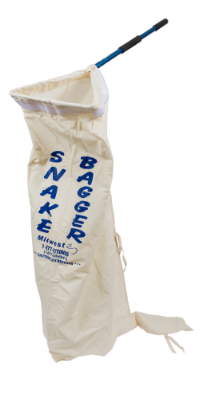
The Snake Bagger – A Better Way
The Snake Bagger system offers a completely new approach to the safe collection of snakes. This system removes the hands and arms from the area where the snake is placed into the bag. The Snake Bagger uses an aluminum pole with rubber grips to extend the bag away from the body. This pole attaches to a triangular piece of aircraft grade aluminum that forms a frame for the mouth of a specially designed snake bag. The Snake Bagger comes with two bags, one of which features a sleeve at the bottom corner that can be used with restraining tubes and the security cap for 5-gallon buckets for safe transfer of snakes from bag to tub. The sleeve is also great for stepping on if you need to create tension on the bag during the collection process. The Snake Bagger can even be used by one person when the opening is placed on the ground and the snake ushered into the bag with a hook or tong. The system creates a higher level of safety because your hands won’t be anywhere near the opening of the bag.
Wrapping Up
Whether you are collecting snakes for fun or as part of your job, protecting yourself and others from potentially deadly snakebites must be the highest priority. It is important to follow safe animal handling guidelines and use the proper equipment. Inspect your equipment thoroughly before each use for wear and defects. Replace old snake bags before a hole forms from wear or age. Try out new equipment with a non-venomous snake until you feel comfortable with its operation. If you still have questions, you can contact us for assistance in helping you to select the proper tools for your needs. We want you to be safe in the field and we want you to leave your pillowcase on the bed, where it belongs!
